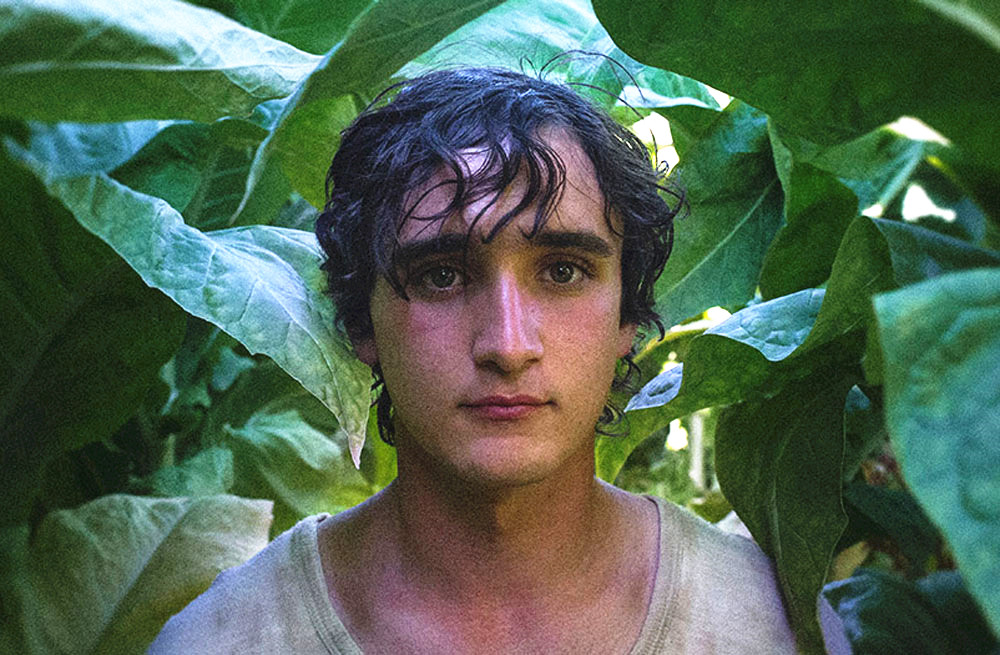
In the resistance against a globalized world, it becomes necessary to rescue the authentic vision of an auteur cinema because we can see, through its sensitivity, what we are as society. Films that include its director in the plot in an intimate way or denunciate about a social reality let us understand cinema as a tool to question our passage through this world.
For those who are not just looking to entertain themselves in these times of pandemic, here is a list of arthouse movies ranging from legendary icons like Agnes Varda and Raoul Ruiz to emerging filmmakers as Bertrand Mandico or Alice Rohrwacher.
1. The Wild Boys (2017, Bertrand Mandico)
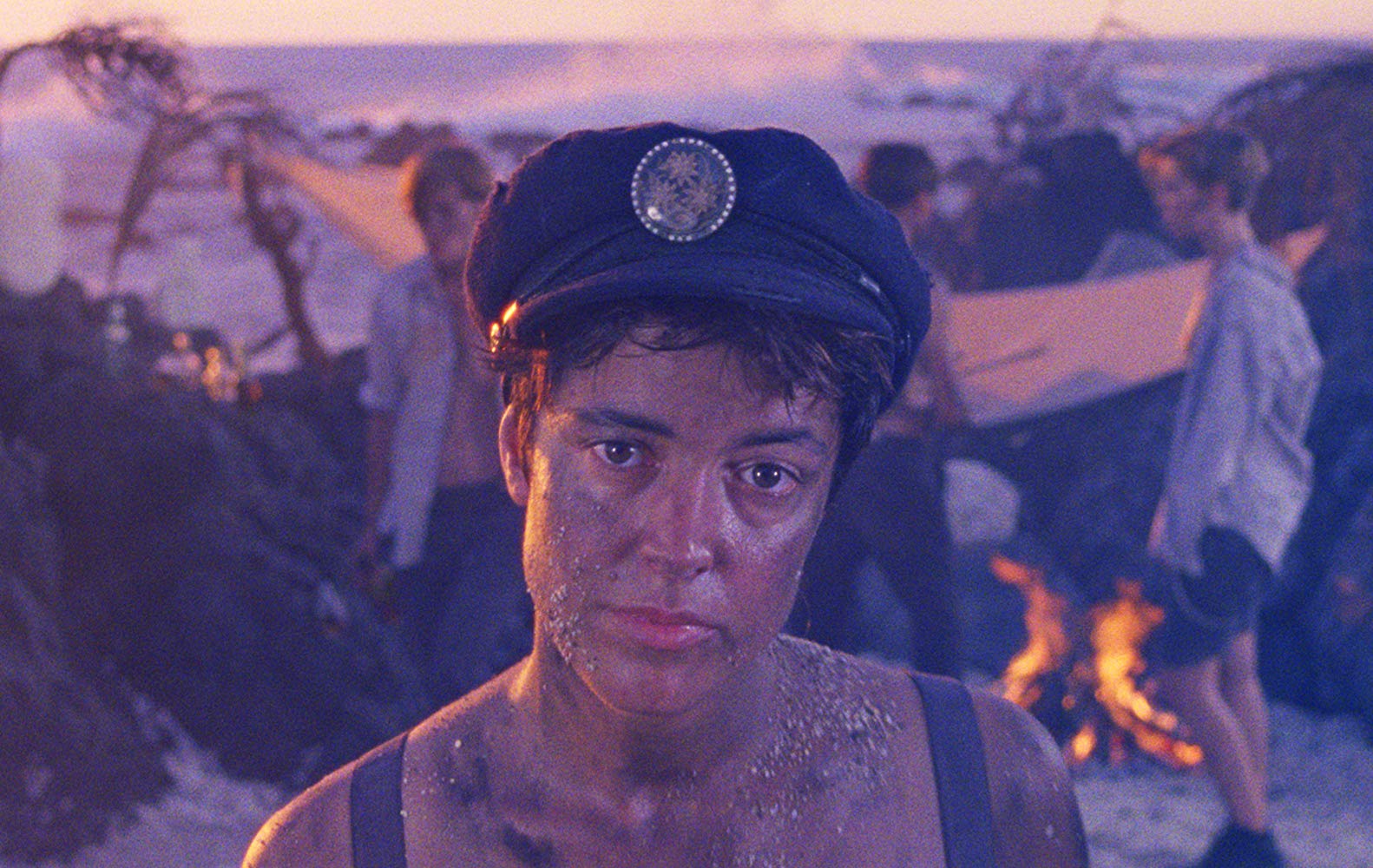
After making several experimental short films, Mandico offers us one of the most unique aesthetic proposals of French cinema in recent years. His greatest influence may be Borowczyk’s erotic cinema, but there are several others like Stevenson’s adventure stories, Cocteau’s visual poetry, and Kenneth Anger’s transgressions. “The Wild Boys” is a youth drama that tackles sexual metamorphosis through the prism of an epic adventure.
Five lustful teenagers (like the droogs of “A Clockwork Orange”), dominated by a strange force of perversion, commit a terrible crime and their bourgeois families, for fear of getting a bad reputation, decide to send them away. As punishment, they are delivered into the custody of a strange captain who promises a service of discipline on a ship, where they will be mistreated. But the sudden arrival on an aphrodisiac island will end the nightmare and the boys will experience a magical sexual transformation.
There are also transformations in technical aspects from an expressionist black-and-white to a saturated and sparkling color. But beyond its singular aesthetics, it shows us how the search for a sexual identity is something confusing that in order to be found, it must destroy the established.
Mandico’s debut film is an invitation to experience the intrinsic duality of human nature where masculinity brings violence and femininity is the release of evil.
2. Faces Places (2017, Agnes Varda and JR)
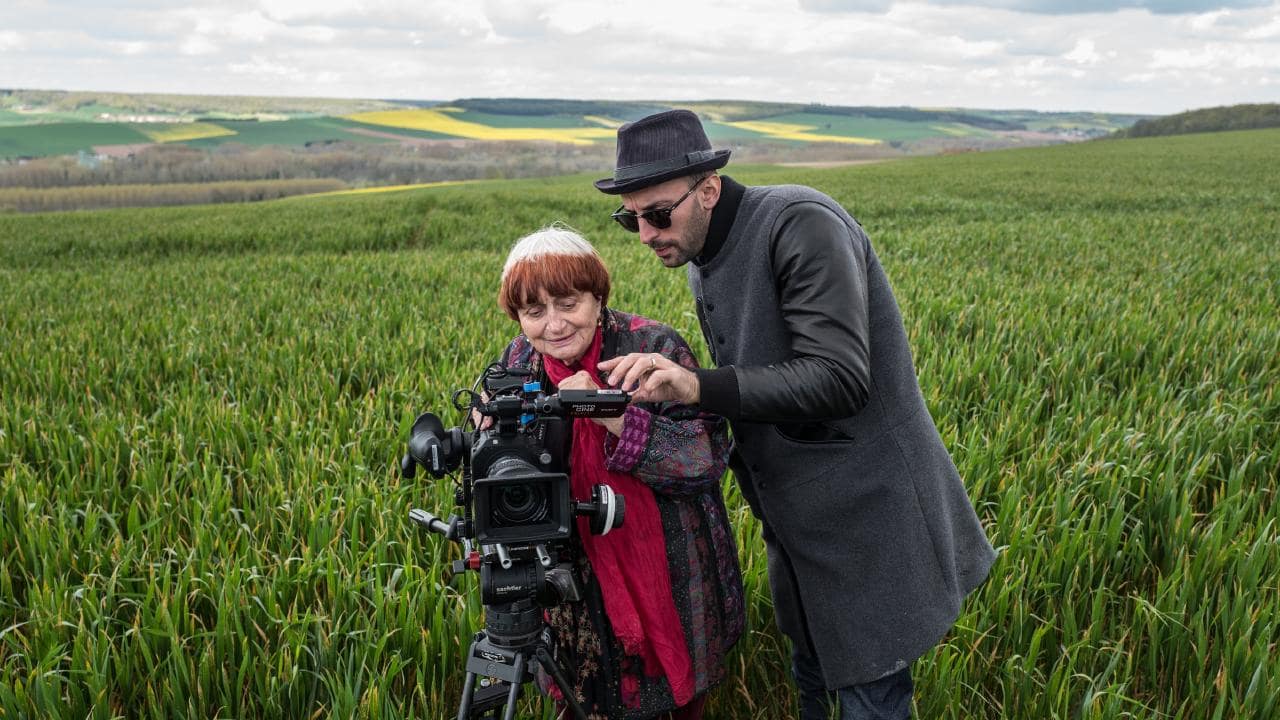
The photographer and street artist JR joins up with Agnes Varda to create this documentary road movie. Motivated by chance and without a rigorous plan, they travel around France looking for people with stories to share. Through a plotter they carry inside the van, they take big photographs to anonymous people in forgotten places. These portraits remain on the walls as recognition of them.
Leaving the trace of their artistic installations, they continue on this journey where Agnes’ wisdom and maturity is combined with JR’s curious and youth spirit. Age becomes a difference but also finds its compatibility through jokes and confidences that reveal the personal life of its filmmakers. Agnes remembers her friends who have already disappeared and shares with us her closeness to death.
This is Agnes’ last trip and farewell where she shows once again her humility, giving rise to other voices and with no need for technical bragging.
Those outdoor portraits can be erased by time, but thanks to this journey, their stories will remain in our memories. Perhaps Agnes is already dead, but her eyes and feet are still travelling imprinted on the train cars in our minds.
3. Heart of a Dog (2015, Laurie Anderson)
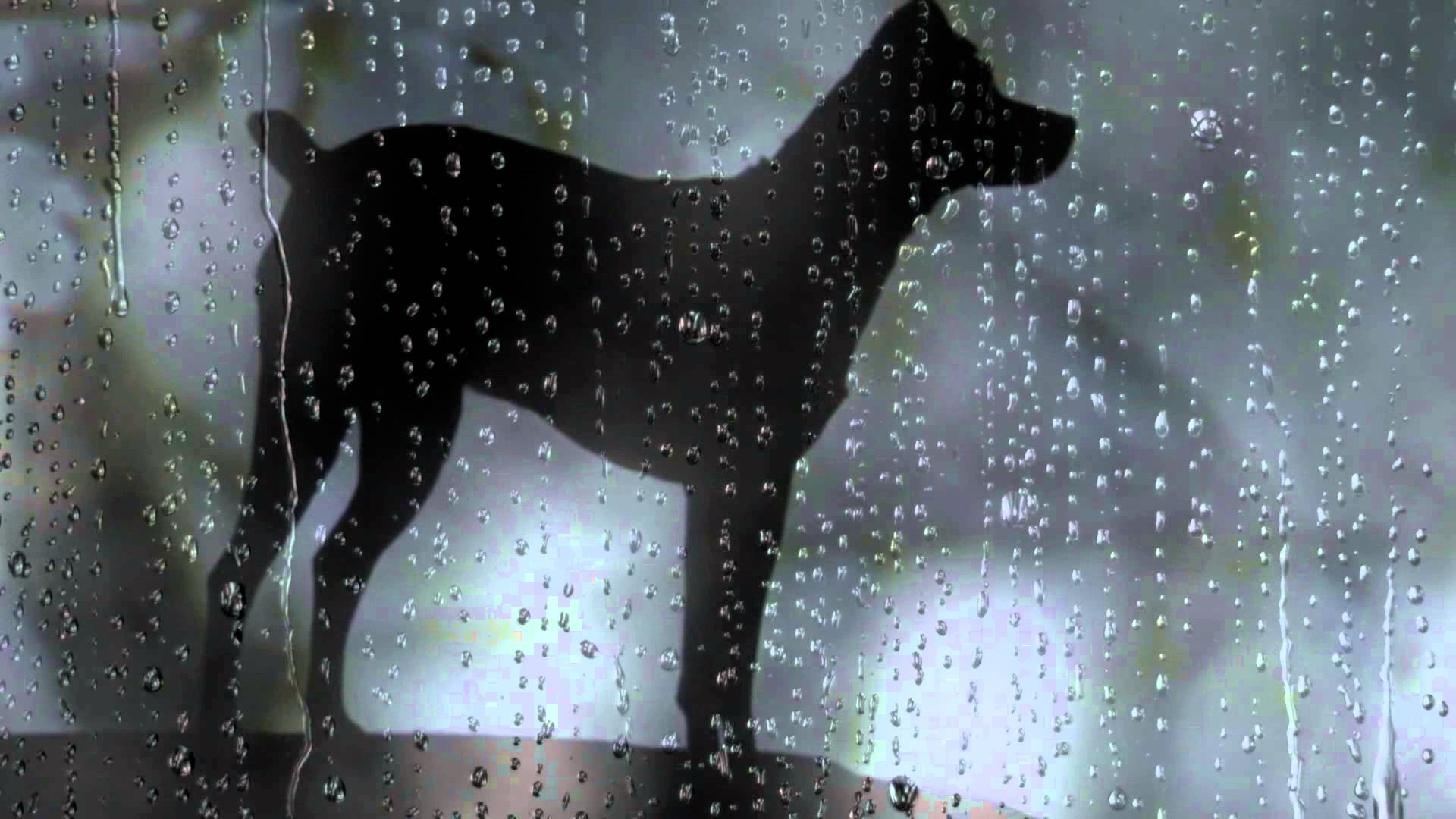
Laurie Anderson, recognized as a multifaceted artist, builds this visual poem-essay taking as a starting point the death of her dog Lolabelle.
In an animated scene, following the logic of dreams, Laurie describes her maternal feelings towards Lolabelle. But this is only the beginning of a lot of rambling that seems more like a contemplative reflection on loss and passage of time rather than an homage to her dog.
“Love is always a ghost story,” Laurie says to introduce this combination of nostalgic experiences. The tense relationship with her mother, childhood traumas, and the remorse that death brings blends with world events, building intelligent metaphors.
The visual proposal is composed of many formats ranging from super 8mm, images intervened with patterns and drawings made by herself. But the focus is on her voiceover that leads us to a feeling of sadness without being sad.
4. Wonderstruck (2017, Todd Haynes)
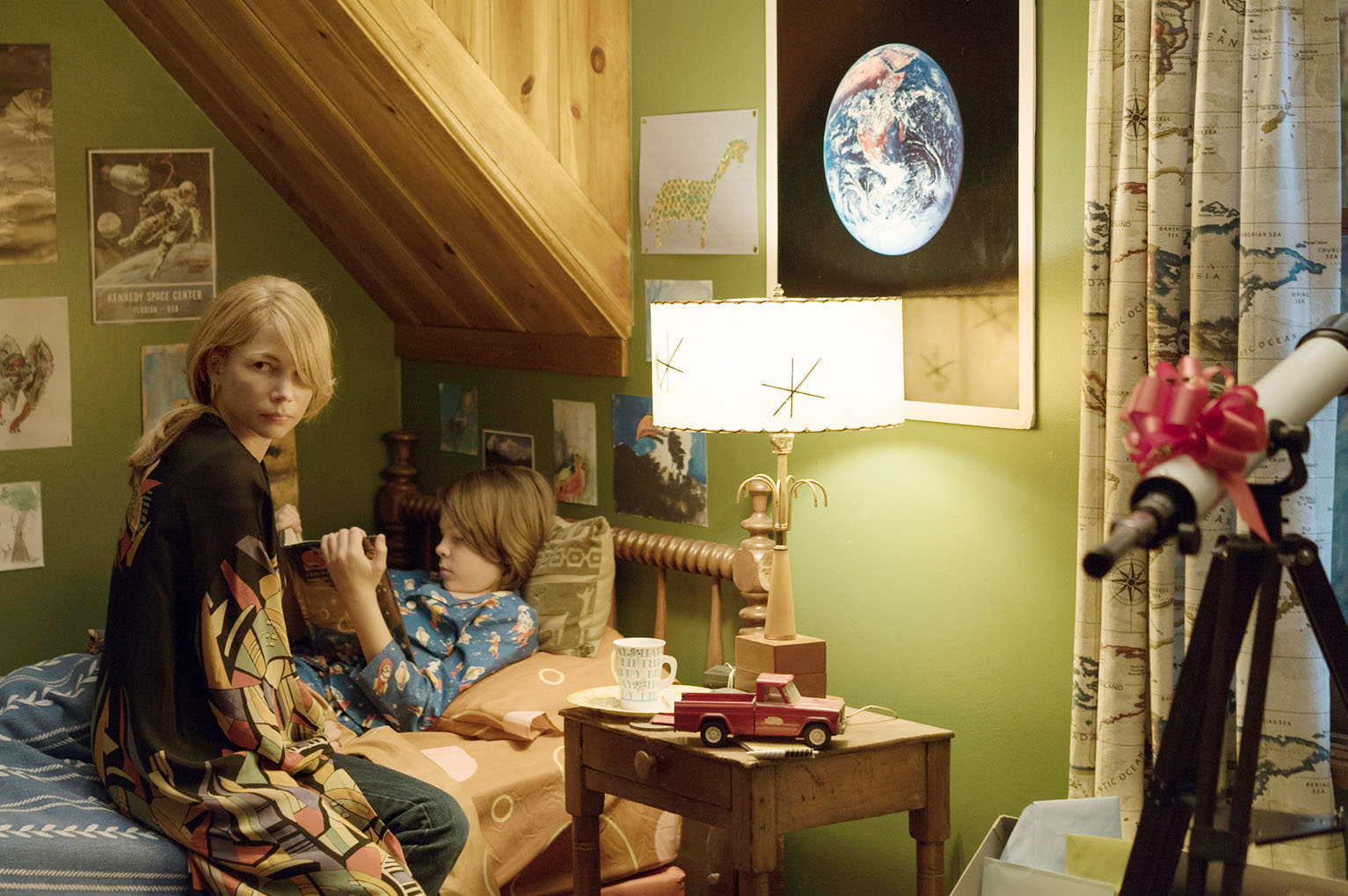
Todd Haynes brings us this ode to childhood through the story of two deaf children living in two different eras. Sharing the feeling of anguish for the absence of their parents, they must start a journey to the past to complete themselves.
Rose, a mute girl living in 1927, wants to find her mother, a famous actress whose life she treasures in a scrapbook. Fifty years later, Ben, who became deaf by accident, discovers a clue to his missing father. Both leave for New York and end up finding a guide to solve their mysteries in the Museum, where the elements that illustrate history are kept. Dioramas and models are not lifeless objects; they store and preserve the collective memory, even personal experiences.
Constantly alternating from one narrative time to another, we move from the silent black-and-white world of Rose in 1927 to Ben’s contemporary world in 1977. Both periods evoke important moments in the history of cinema. While in one, the era of silent film was over; in the other, cinema history was changed forever. So more than a film about childhood, it’s a deep reflection on cinema’s evolution and history, where ‘classical’ (Rose) and ‘modern’ (Ben) must recognize each other to build a seamless conscious history.
5. The Wandering Soap Opera (2017, Raoul Ruiz)
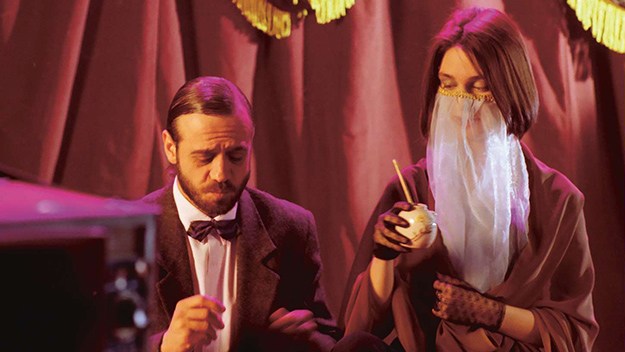
Raoul Ruiz is the most prolific Chilean filmmaker with an immeasurable legacy that continues sprouting even after his death. Is the case of this feature film, which after being literally kept in his closet for 30 years, comes to light as a posthumous work.
After a long exile, Ruiz returned to Chile when the dictatorship was over, to question from a philosophical point of view, the banal way in which Chilean society faced its political conflict. Inviting many actors from the television industry, he developed this improvised project in a single week, trying to capture the idea that Chilean reality doesn’t exist but rather is a set of soap operas.
The film is made from seven independent sequences as micro-stories of each day’s shooting. Using the archetype of soap operas, Ruiz achieves a subliminal parody of Chilean idiosyncrasy, where television is presented as a role model for the society that broadcasts it.
As another film was discovered thanks to this one, we still have time to enjoy this fabulous filmmaker who continues to give life after his death.